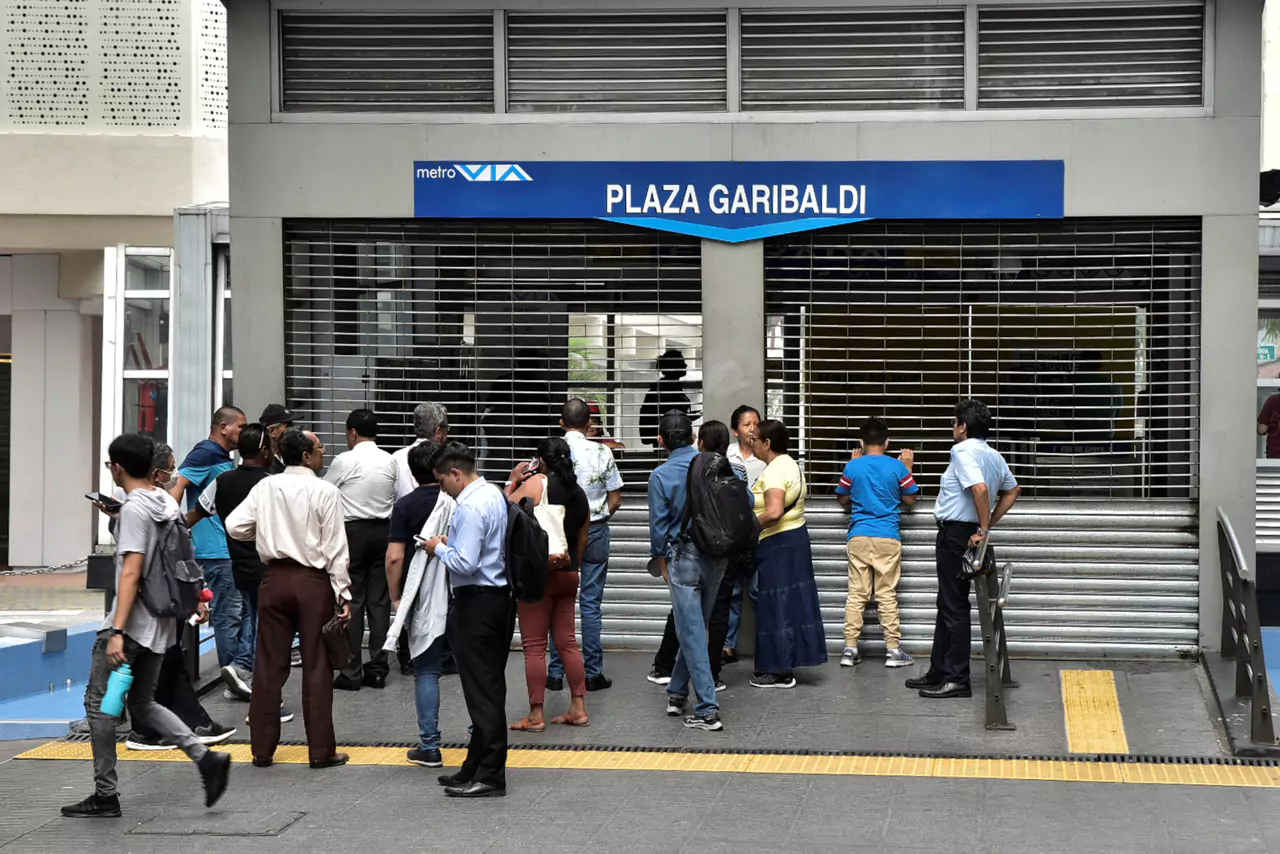A live broadcast by Ecuadorean television station TC was interrupted on Tuesday by balaclava-clad gunmen, the most dramatic recent example of a renewed explosion of violence in the previously tranquil South American country.
New president Daniel Noboa has pledged to hit back at the rising crime that stymied his predecessor, but he faces an uphill battle amid gang control of prisons, kidnappings of police and bombings.
WHY HAS ECUADOR’S SECURITY DETERIORATED?
Security in Ecuador has been worsening since the coronavirus pandemic, which also brutally battered the economy.
Violent deaths nationally rose to 8,008 in 2023, the government has said, nearly double the 2022 figure of over 4,500. Ecuador’s presidential contest last year was marred by the assassination of an anti-corruption candidate.
The government blames the situation on the growing reach of cocaine-trafficking gangs, who have destabilized swathes of the continent.
Inside Ecuador’s prisons, the gangs have taken advantage of the state’s weak control to expand their power. Prison violence has become increasingly common, resulting in hundreds of deaths in incidents authorities have blamed on gang battles to control the jails.
Guayaquil, a coastal city that is Ecuador’s largest, is considered the country’s most dangerous, with its ports a hub for drug smuggling.
Noboa took office in November touting his “Phoenix Plan” for security, including a new intelligence unit, tactical weapons for security forces, new high-security prisons and reinforced security at ports and airports.
It will cost some $800 million, he said, though $200 million in new weapons for the army will be provided by the United States.
WHAT CAUSED THIS WEEK’S FLARE-UP OF VIOLENCE?
Police said on Sunday that Adolfo Macias, leader of the Los Choneros criminal gang, had disappeared from the prison where he was serving a 34-year sentence. Authorities are trying to track him down.
Meanwhile, there were incidents of violence in at least six prisons beginning on Monday, with 150 or more guards and other staff taken hostage by prisoners. A prison in Riobamba saw 39 inmates escape, though some have been recaptured.
By Tuesday violence had spread to the streets, with seven police officers kidnapped in incidents around the country and five explosions confirmed in several cities, though there were no injuries.
Noboa, who has said he will not negotiate with “terrorists,” has said the violence is a reaction to his government’s plans to build a new high security prison for jailed gang leaders.
WHAT IS THE GOVERNMENT DOING TO TACKLE THE PROBLEM?
Noboa declared a 60-day state of emergency – a tool used by his predecessor Guillermo Lasso to little success – on Monday, enabling military patrols, including in prisons, and setting a national nighttime curfew.
In an updated decree published on Tuesday afternoon, Noboa said he recognized an “internal armed conflict” in Ecuador and identified several criminal gangs as terrorist groups, including Los Choneros. The decree ordered the armed forces to neutralize the groups.
Noboa’s coalition has a majority in the national assembly, something Lasso lacked, but some Ecuadoreans are questioning why the president is not taking harsher measures against gangs.
Noboa plans to hold a security-focused plebiscite later this year, which would include asking the public if the government should undo a ban on the extradition of Ecuadoreans wanted abroad and if asset seizures from suspected criminals should be allowed.
Q&As
Why has security deteriorated in Ecuador?
Various factors have contributed to worsening security in Ecuador, including the growing influence of cocaine-trafficking gangs, increasing levels of violence prisoners and even an economic hardship following the COVID 19 pandemic that has resulted in a spike of violent deaths.
What caused the recent wave of violence in Ecuador?
This recent violence took off in the wake of Adolfo Macias – a leader with Los Choneros gang who disappeared from prison. This sparked riots in numerous prisons, prisoner escapes, capture of police officers and bombings inside major cities as people were quoting that these acts reflected dissatisfaction with the government’s plans to build a new high security prison for imprisoned gang leaders.
How is the government addressing the security issue?
The President declared a 60-day state of emergency involving deployment of military patrols, national nighttime curfew and identified criminal gangs as terrorist groups. The government intends to eliminate these groups and is eyeing security-oriented policies, such as a possible plebiscite that may reconsider the extradition bans or asset confiscations from allegedly criminal persons.
President Noboa has done what to enhance security in Ecuador?
President Noboa launched the Phoenix Plan, which included a new intelligence unit established various measures undertaken It involved providing tactical weapons to security forces constructing high-security prisons strengthenin The plan involves a big amount of investments, which is provided in part by the United States and amounts to about $800 million.
Why is the government under fire despite having declared a state of emergency?
Despite the fact that Ecuador is in the state of emergency and performs certain security-oriented actions, some representatives of this country are not very satisfied with it what government does regarding to problems with gangs – they do think that president’ strategies should be more severe as there was a noticeable escalation on levels violence.
Except for Q&A Insights, This report is given by Reuters. The Sen Times holds no responsibility for its content.

